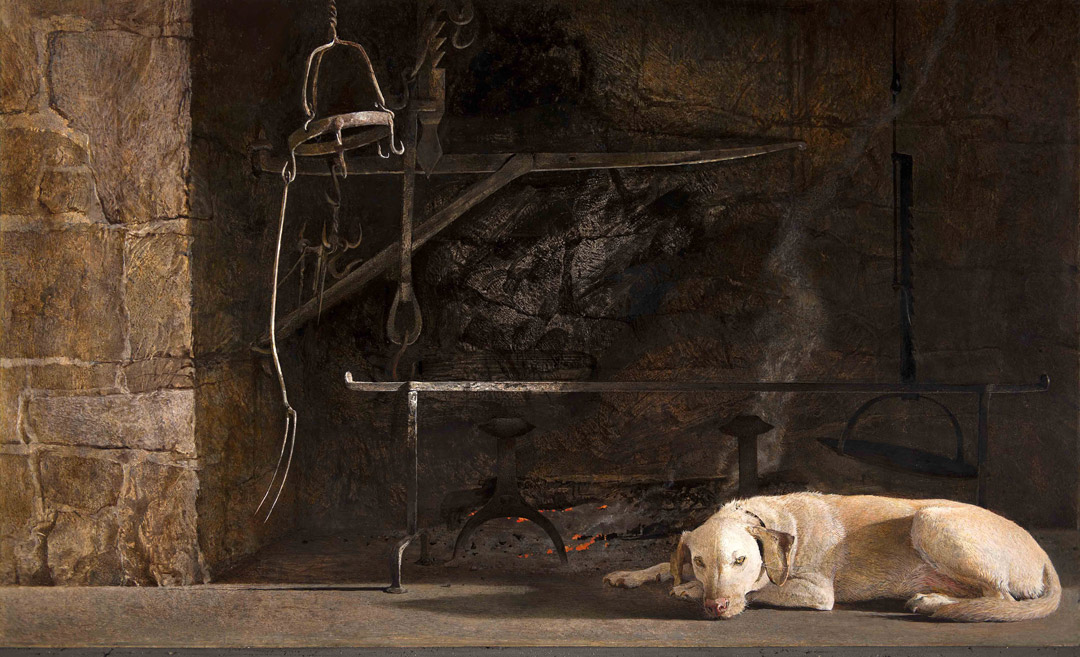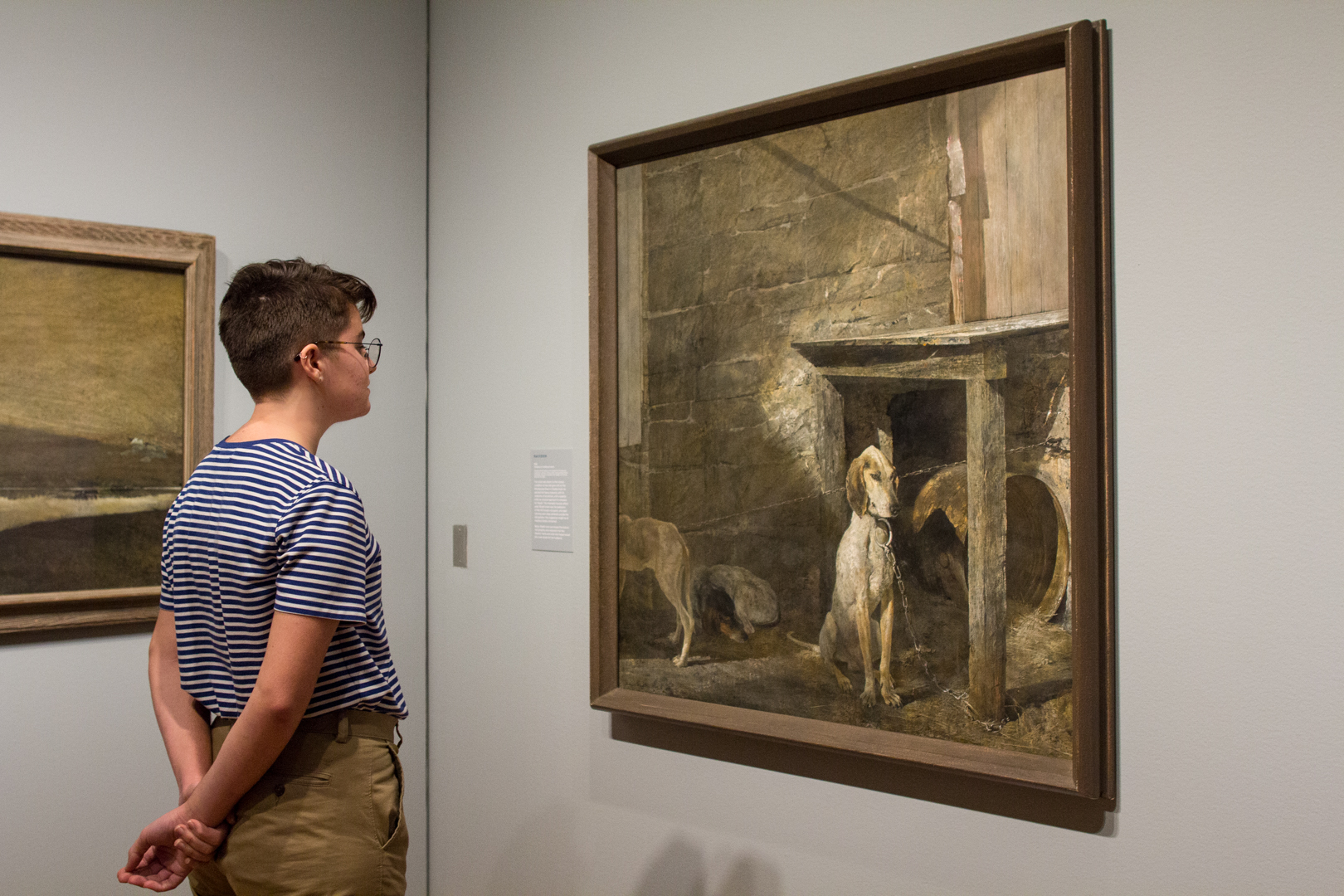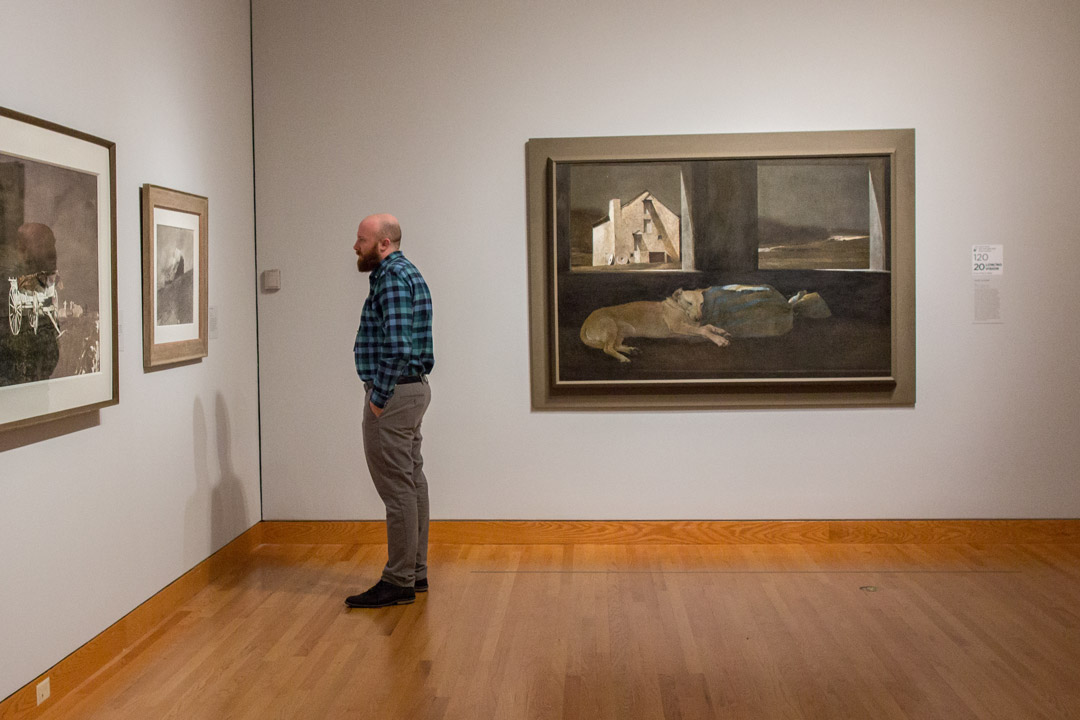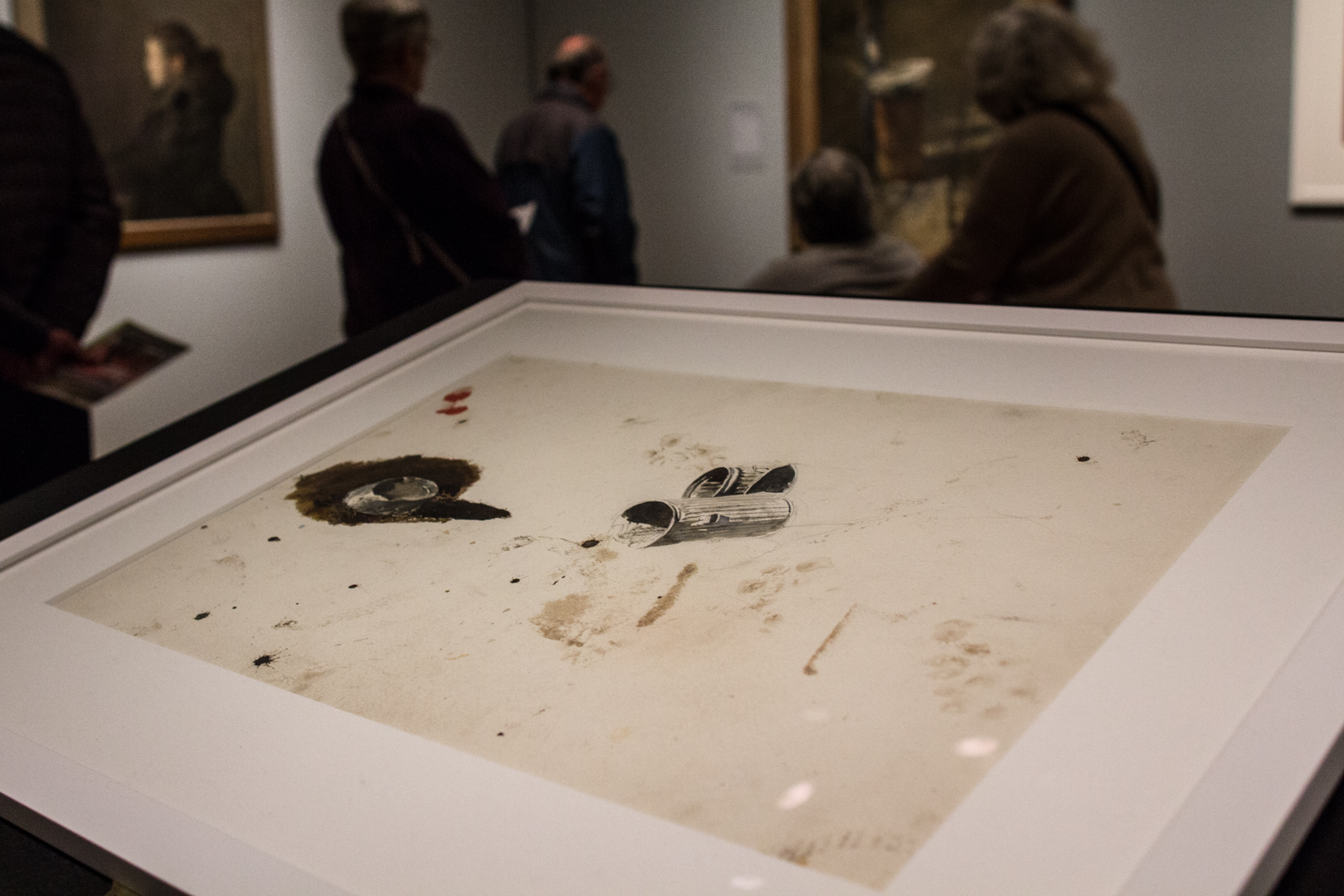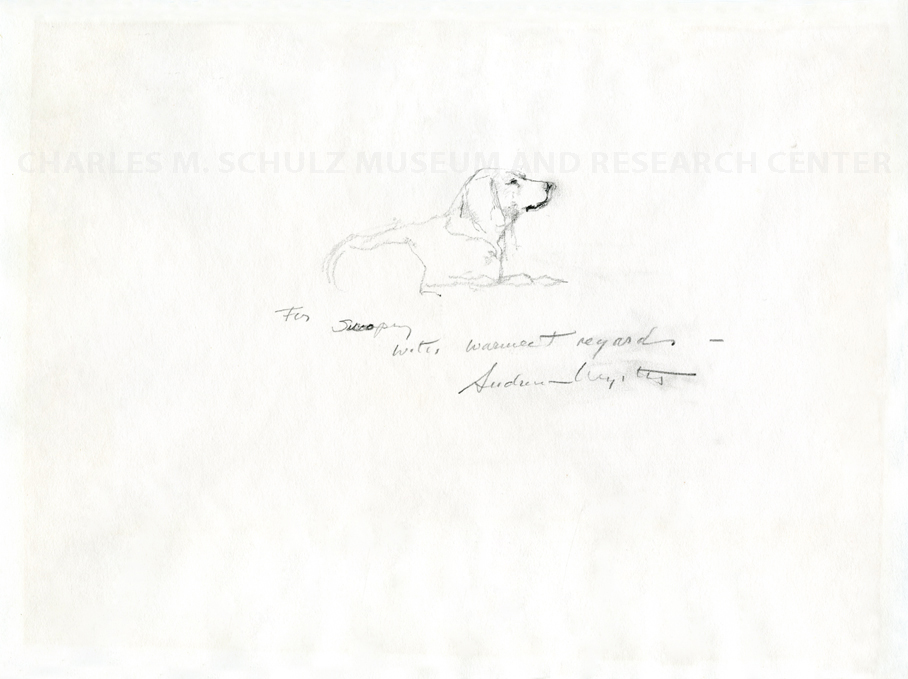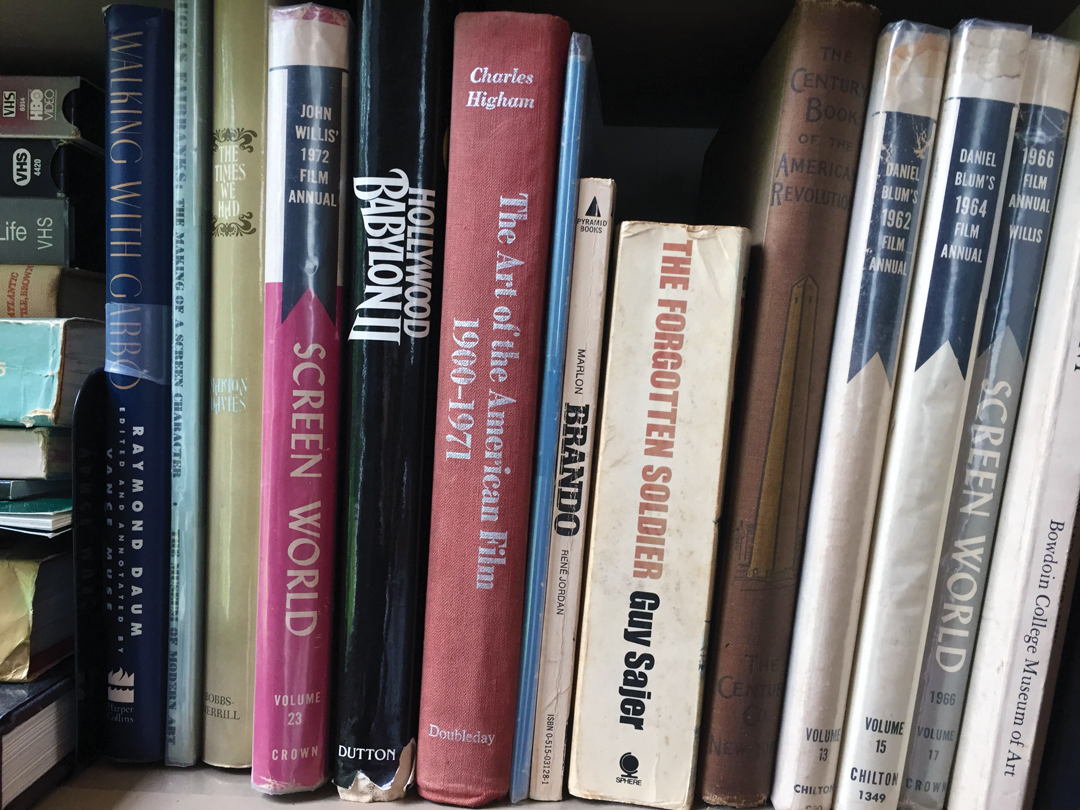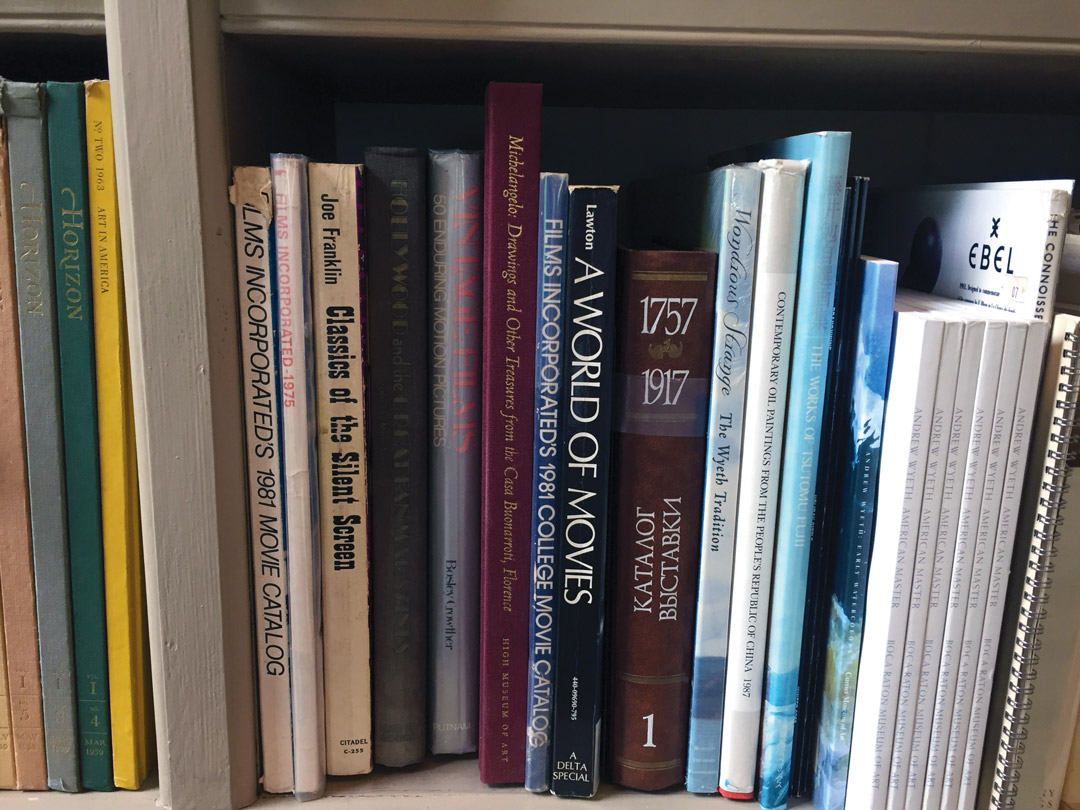Short Films and A Long Shot: Wyeth Film Sprint Winners
Judges’ Pick: Based on a cumulative score of the following categories: creativity, connection to Wyeth, and concept.
Winner: This Film Instead by Team Wyethian (Lead: Peter Moran // team members: Christen Leonard, Audrey O’Neil, Kelly Hennessey)
When we say that Andrew Wyeth: In Retrospect offers new perspectives on the life and career of this American master, one of the things we mean is that the exhibition explores the cinematic influence of Andrew Wyeth’s work. Wyeth drew inspiration from filmmakers such as King Vidor and Ingmar Bergman as well as visually influenced a wide range of moving image classics, from Twin Peaks to Texas Chainsaw Massacre. To imbue this new insight into Wyeth’s work with more dimension, SAM invited local filmmakers to create a short film over the course of a week inspired by paintings in Andrew Wyeth: In Retrospect during the Wyeth Film Sprint. There were very few rules, but the key was that the film had to incorporate one of the preselected Wyeth images.
Over 200 people attended the public screening on November 8 of 25 submitted films, followed by an awards ceremony honoring $500 each to three winning films. The judges were Patricia Junker, SAM’s Ann M. Barwick Curator of American Art; and local filmmakers and artists Clyde Petersen and Wynter Rhys. As well as the audience, which selected a winner. Here are the three winning films for your entertainment. We love them all. The Judges’ Pick, above, will linger with you, the Curator’s Pick grapples with the gossip surrounding Wyeth’s greatest muse, and the Audience Pick revels in the surreal oddity and dark humor that Wyeth dabbled in.
Curator’s Pick: Patti Junker selected a single film that she felt was most evocative of Wyeth’s practice and work.
Winner: Helga by Team Egg Tempera (Lead: Cody Whealy // team members: Sarah MacDonald)
Audience Pick: Visitors selected one film that was tallied at the end of the night.
Winner: New Tomorrow by Weird Dog Productions (Lead: Claire Buss // team members: Lindsay Gilbert, Amanda K. Pisch, Nick Shively, Andrew Hall, Dave Lubell)
